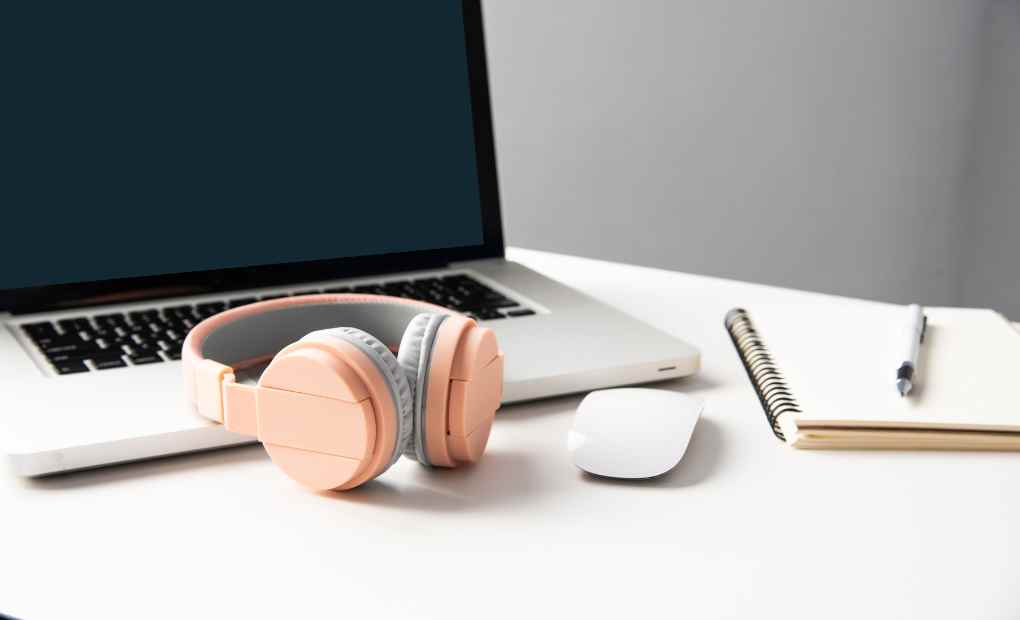Why Use Noise Canceling Headphones and Their Benefits
You must be in a well-isolated studio to fully appreciate your favorite hit without being disturbed. One can easily detect the variations of tone and all the notes. If you want to listen to music while going to the office or on public transport, you can put on headphones. The concern is that we will be disturbed by ambient noise such as subway bogies, children’s cries and car horns. All these elements could therefore spoil your listening. If you want to find the little bubble like in the studio, you must take noise reduction headphones.
How do noise-canceling headphones work?
Headphones called “noise canceling” have one or more microphones on each side. These will pick up outside noise flush with the outer shell of the ear cups. These noises will be “reversed” by a small electronic circuit before sending it back to the user’s ears. As these reversed noises will be opposed to the original noises, the latter will not perceive these noises because the waves will cancel each other out. In other words, the reversed noises are added to the sound of the music you are listening to and along with the original noises, the reversed noises will be canceled out. The user will, therefore, only hear the music he has sent. This technology noise reduction requires perfect synchronization between the noises because if this is not the case, you will have to put up with additional noise. Today, a noise-canceling earphone has several microphones, and some even have up to 4 microphones on a single ear.
Blocking environmental noise and suppressing repetitive noise
Many people prefer noise-canceling headphones to conventional headphones because they block out the majority of surrounding noise. It should be noted that the ability to block ambient noise is not the same for all these models of noise-reduction headphones. For example, if you are on the bus and two people are talking next to you, you will not hear their conversation: you will only hear the sound from your noise-canceling headphones. You will not need to isolate yourself to concentrate on listening to a conference or a recording. These headphones perfectly cancel out repetitive sounds like airplane, train or car noise.
No need to crank up the volume
When you are on public transport or in a noisy environment, you tend to turn up the volume of the music to be isolated. Note that above 85 decibels, sound and music are dangerous to the ears. Indeed, we are more exposed to early deafness. The noise-canceling earphones could be a solution to this problem. Thanks to this type of headphones, you will be well isolated to listen to music and will not have the reflex to increase the volume. You can keep the same volume from home, on public transport to the office. When you don’t turn the volume up, you can also hope the headphones don’t deteriorate over time. In some cases, if you turn the volume up, the sound quality becomes poor. With noise-reduction headphones, you can fully appreciate your music: you will detect the variations in tones and all the notes.
The best ally for travel and study
To be able to sleep or rest a bit during a trip, most people put on headphones. Music at the right volume can soothe and lead to sleep. However, we are not immune to small disturbing noises such as air conditioning noise. The latter, in particular, isn’t that strong, but it can be unpleasant if you have to put up with it throughout the journey. To be well isolated, it is best to take noise reduction headphones: you can sleep well and rest. For students, these headphones provide better concentration. Indeed, if you have to listen to a recording of your lessons with this type of headphones, concentrating will be easier if you are not disturbed by the surrounding noises and hear the sound perfectly well.
Also Read: Guide to Improve Your Google My Business

